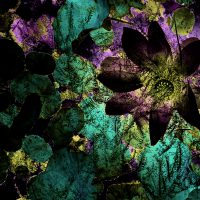As seen above, this is our scale model of the design for the nest, that we have arrived at up till the ideation for week 8. However, there are still improvements to be made. The curved support structure sprouting from the centre feels too engineered, and detracts from the form of a natural bird’s nest. Furthermore, the halo that it supports… Read more →

















